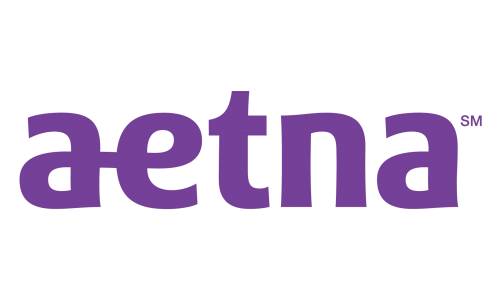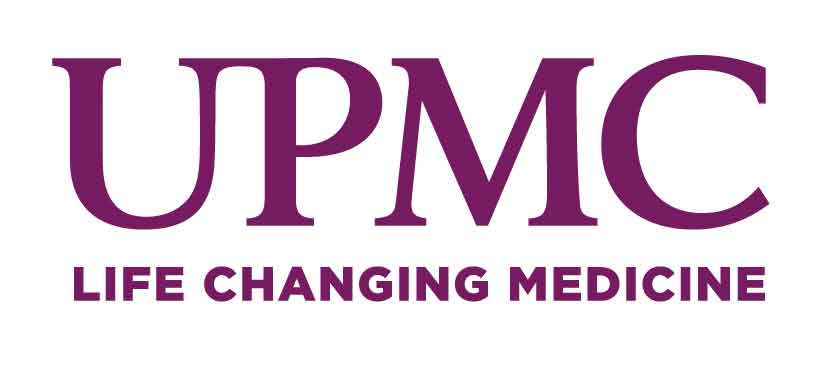We are mindful of the many challenges our small business customers and their employees are experiencing as a result of the COVID-19 pandemic. Many are encountering slower sales, reductions in hours, layoffs and more.
Each healthcare provider is handling their respective health plans in different ways. To help ensure our clients understand their options, we have gathered all of the healthcare providers COVID-19 communications in one place. We will update this blog as more information becomes available. Check back often to see those updates.
Your Healthcare Provider COVID-19 Communications
The Difference Between Furloughs, Layoffs and Reduction in Force
Many businesses are having to consider their staffing options, specifically furloughs, layoffs and reductions in force because of the coronavirus pandemic.
All three of these terms describe actions that are intended to achieve cost savings by reducing a company's payroll costs. Even though the words have been used interchangeably, their true meanings are quite different.
- Furlough. A furlough is considered to be an alternative to a layoff. When an employer furloughs its employees, it requires them to work fewer hours or to take a certain amount of unpaid time off. For example, an employer may furlough its nonexempt employees one day a week for the remainder of the year and pay them for only 32 hours instead of their normal 40 hours each week. Another method of furlough is to require all employees to take a week or two of unpaid leave sometime during the year. Employers must be careful when furloughing exempt employees so that they continue to pay them on a salary basis and do not jeopardize their exempt status under the Fair Labor Standards Act (FLSA). A furlough that encompasses a full workweek is one way to accomplish this, since the FLSA states that exempt employees do not have to be paid for any week in which they perform no work. An employer may require all employees to go on furlough to prevent the spread of COVID-19, or it may exclude some employees who provide essential services. Generally, the theory is to have the majority of employees share some hardship as opposed to a few employees losing their jobs completely due to the coronavirus outbreak.
- Layoff. A layoff is a temporary separation from payroll. An employee is laid off because there is not enough work for him or her to perform. The employer, however, believes that this condition will change and intends to recall the person when work again becomes available. Employees are typically able to collect unemployment benefits while on an unpaid layoff, and frequently an employer will allow employees to maintain benefit coverage for a defined period of time as an incentive to remain available for recall.
- Reduction in Force. A reduction in force (RIF) occurs when a position is eliminated without the intention of replacing it and involves a permanent cut in headcount. A layoff may turn into a RIF or the employer may choose to immediately reduce their workforce. A RIF can be accomplished by terminating employees or by means of attrition.When an employee is terminated pursuant to a reduction in force, it is sometimes referred to as being "riffed." However, some employers use layoff as a synonym for what is actually a permanent separation. This may be confusing to the affected employee because it implies that recall is a possibility which may prevent the employee from actively seeking a new job.
Questions about your coverage? Contact our Employee Benefits Team below or call 717-761-4600 ext 5. Click here for more information on COVID-19's impact on Employee Benefits.










